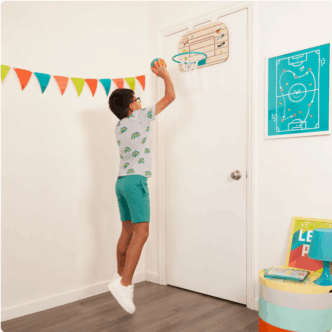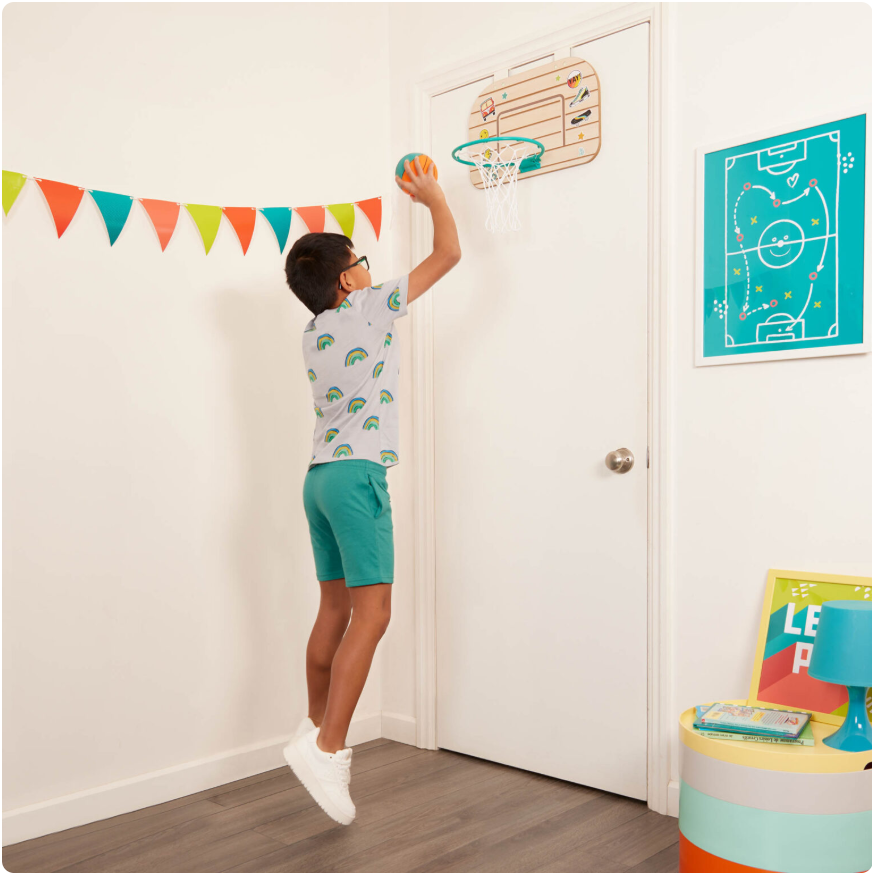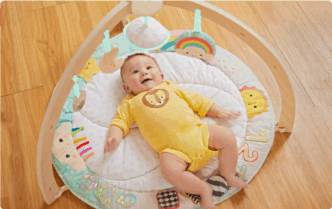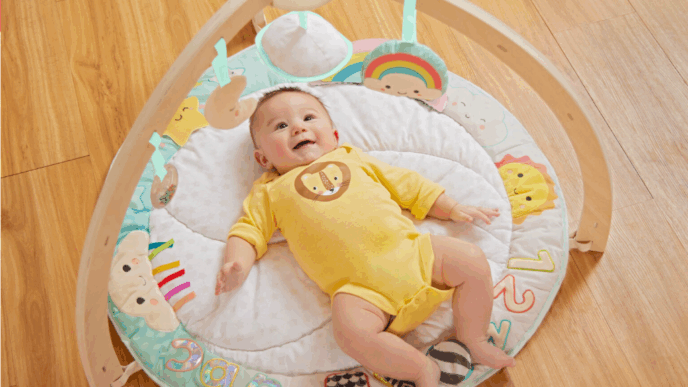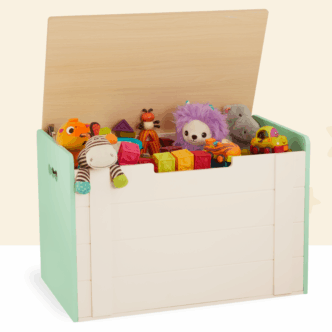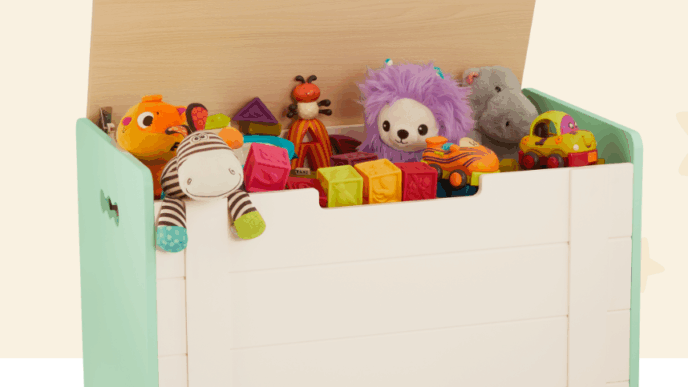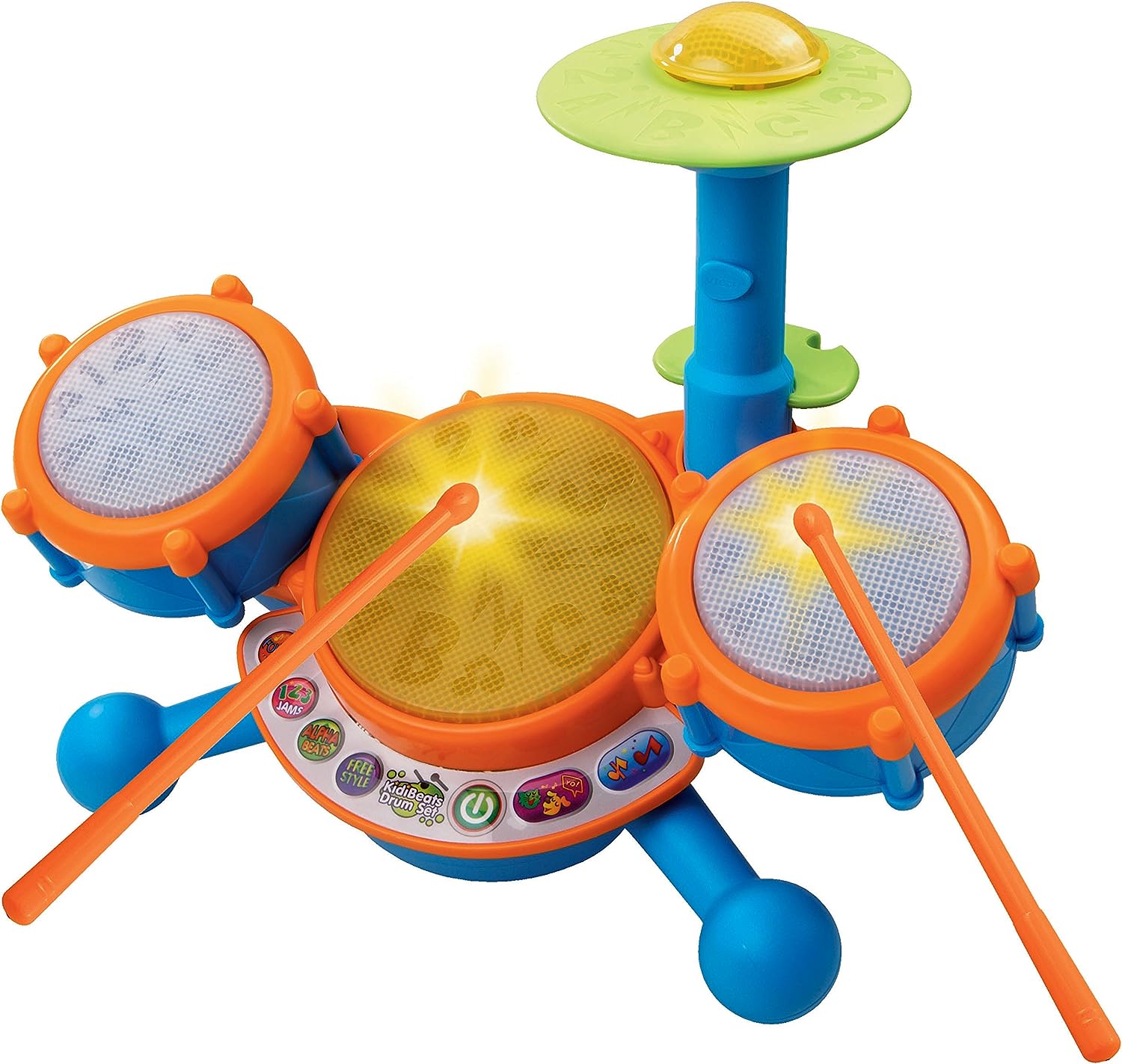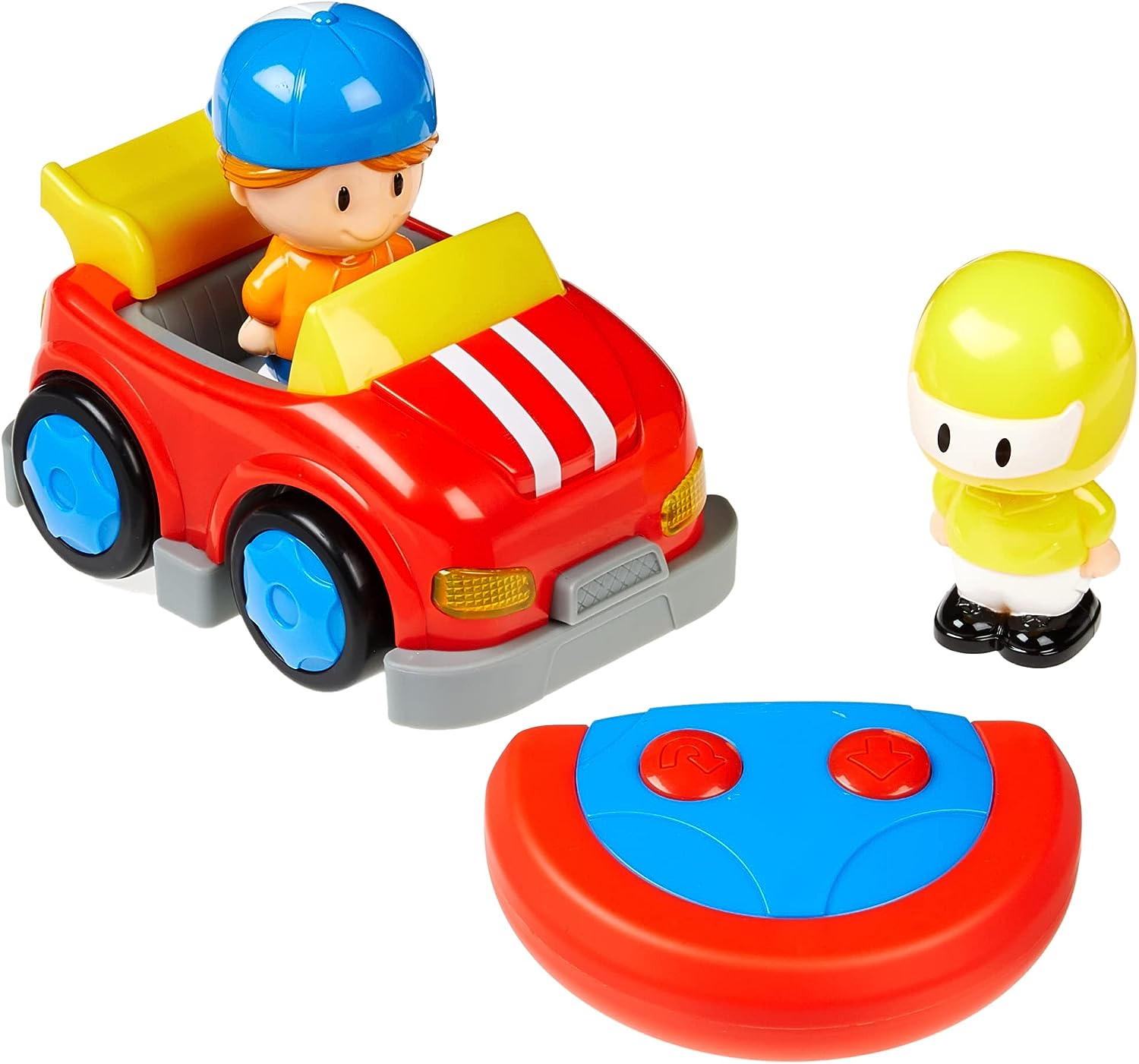Due to the temptations of the digital age, children are becoming less physically active. However, active play is an essential part of their healthy development. Through diversely designed games, children not only develop physical fitness but also achieve comprehensive cognitive and social development. This article introduces several active games that combine education and fun, and their multiple benefits.
Definition and Significance of Active Play
Active play refers to any play activity that encourages children to move physically. It can be played indoors or outdoors, and includes both spontaneous, unstructured play and competitive games with established rules. It not only helps children develop muscle strength, flexibility, and coordination, but also stimulates creativity, improves problem-solving skills, and enhances communication and cooperation.
Five Important Benefits of Active Play
- Improving Physical Health: Activities like running, jumping, and climbing promote cardiopulmonary function, strengthen bones and muscles, and reduce the risk of chronic diseases in adulthood.
- Developing Motor Skills: Improves coordination and dexterity of both large muscle groups (such as legs and arms) and small muscle groups (such as fingers).
- Promote Cognitive Growth: Physical activity increases blood oxygen supply to the brain, improving attention, memory, and mental agility.
- Develop Social and Emotional Skills: Team games teach children rules, taking turns, sharing, and managing emotions, boosting their confidence and resilience to stress.
- Improve Sleep Quality: Moderate exercise helps regulate circadian rhythms, making it easier for children to fall asleep and sleep deeper and longer.
Fun and Active Game Recommendations
Indoor Games
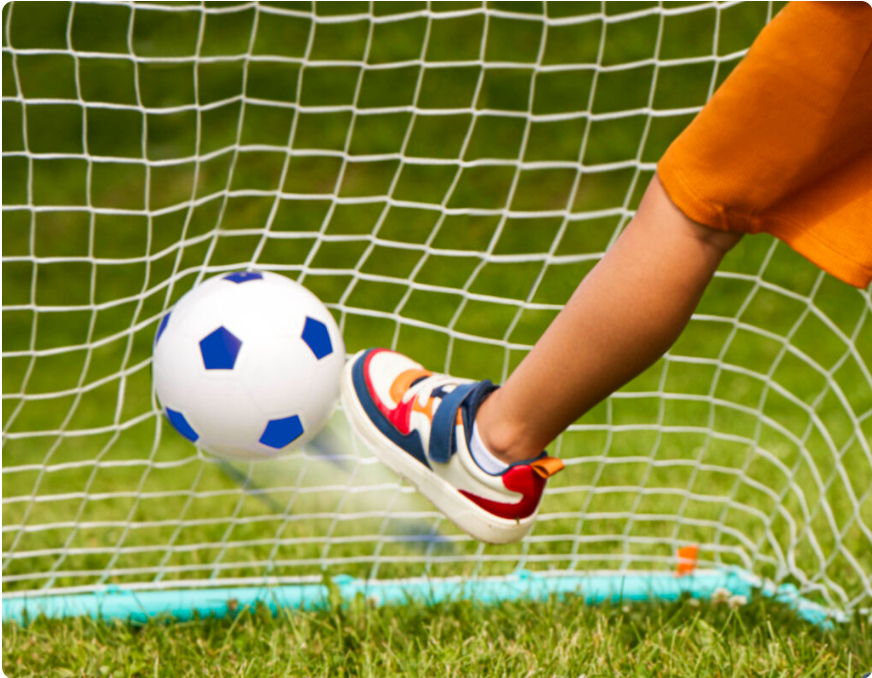
- Basketball Relay Race (HORSE)
Players take turns attempting various shots. Those who fail to imitate the previous player’s shot receive corresponding letters. Accumulating these letters together to spell “HORSE” eliminates the player from the game. This simple game is suitable for all ages, and the basket height can be adjusted. - The Floor is Lava
Use sofa cushions, pillows, and other items as “safety islands” for children to jump across. Adjust the distance between the safety islands to adjust the difficulty and add to the fun of chasing the “lava monster.”
Outdoor Games
- Penalty Shootout
This simulates a World Cup penalty shootout, practicing shooting and goalkeeping skills. Suitable for multiple participants. For children, the goalkeeper portion can be omitted to focus on accuracy. - Shark Dinner and Fish Escape
A shark stands in midfield and shouts “Fish, fish, fish!” The fish run from the sidelines to the other side to avoid being caught. The fish caught becomes the shark, and the game progresses with each round. Suitable for large group outdoor activities.
Creative Games
- Treasure Hunt
- Freeze Dance
- Creative Obstacle Course
- Foam Sand Sculpture
These activities not only strengthen hands-on skills but also inspire creativity and teamwork.
How to Support Children’s Active Play?
- Provide children with a safe, age-appropriate play space and a variety of tools.
- Minimize over-intervention and act as a guide rather than a controller.
- Ensure children have ample active play time each day, spread out over multiple sessions.
- Involve the whole family to set a good example and increase the fun of play.
Active play is an important way for children to explore the world, challenge themselves, and build relationships. Creating a vibrant play environment not only helps them develop their physical fitness but also lays a solid foundation for their future. Let them run and jump, and let play unleash their energy and creativity.
